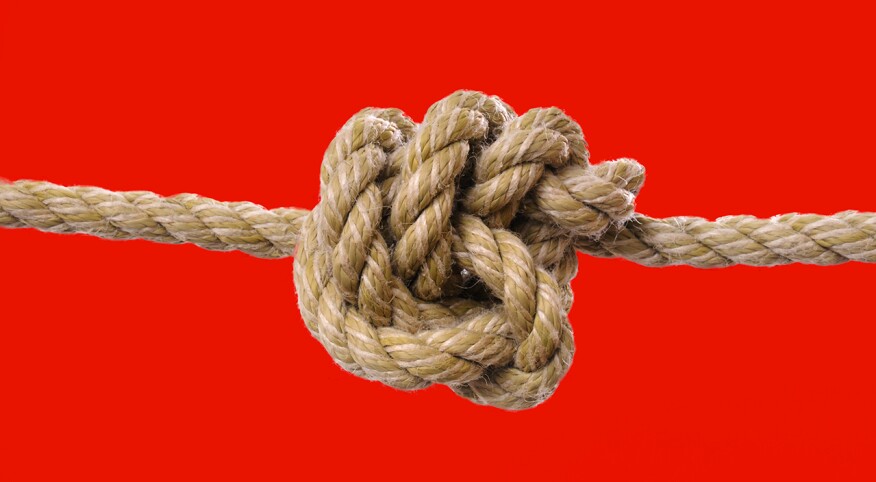Are you a woman who loves to travel? Would you like to swap travel-related tips and tricks and possibly find a travel buddy or two? Then join our closed Facebook group, The Ethel On-The-Go, today. We think you'll love it!
It’s because of all the running. This is what I convinced myself each morning last fall after I gingerly took a few steps and felt like I was walking on Legos. Was it painful? Yes. Did I have more pressing issues to deal with, like deadlines, family drama and putting away my laundry? Also, yes. So, I cut back on my regular jogging routine, popped some pain relievers and waited for the magical morning when I would hop out of bed like a fifth grader on a snow day.
That never happened. By the time I finally saw a podiatrist, I feared I had contracted a rare malady that only afflicted freelance writers living in New York City. I’d have to spend the rest of my days with my right foot propped up on my coffee table while watching late-night Friends reruns.
The doctor diagnosed me in maybe two minutes. I had a treatable form of tendonitis, and it wasn’t brought on from my logged miles in Central Park. I was just about to sprint the heck out of there when he informed me — honestly, it was more like a judgmental scoff — that my aching foot was inevitable, and I was doing everything wrong. Oh.
I’ve since learned that I’m hardly a medical marvel. The sad fact is that women over 40 are prone to lingering and annoying foot issues, such as but not limited to tendonitis, plantar fasciitis (inflammation of a thick band of tissue that runs across the bottom of each foot and connects the heel to the toes) and Morton’s neuroma (a swollen nerve in the ball of your foot).
And there’s plenty of blame to go around.
For starters? “The fat pad on the heel and in the ball of your foot near the toe area atrophies as we age,” says Dr. Ebonie Vincent, a podiatrist and star of the TLC hit My Feet Are Killing Me. “We don’t have that built-in cushion we had when we were younger, so it’s going to be harder to walk around.” The residual effects of gaining and losing weight from childbirth can also factor into the agony. “When your feet are not used to handling that kind of weight in a short amount of time, the arches in your foot can fall,” she explains.
Combine all the above with our decades of glorified high-heel-wearing, barefoot walking and pavement pounding, and, well, it’s a wonder we can stand upright. But though it’s too late to reverse all the damage, happy feet can be achieved. Here are five proven and doable tips:
Avoid Baring All
Those first steps — literally — are the hardest for a reason. “Not going barefoot is the biggest deal!” says Dr. Vincent. “So many people have tile or wood or some type of hard surface in their house, and that’s really tough on your feet because there’s no cushion.” Socks or fuzzy slippers, she adds, are only a mild improvement because of the lack of support. Instead, she advises wearing a sturdy pair of house shoes with hard rubber soles. “You don’t want to feel the carpet or the wood underneath,” she says. A pair of Crocs, she adds, will do the trick; the doctor herself wears Vionic slippers. (Bonus tip: Keep them on stand-by at the foot of the bed!)
Don’t Forget to Stretch
This rule doesn’t just apply to anyone about to race in a 5K or take on a harsh 60-minute cycling class. “It’s important to stretch your feet and calves in the morning and throughout the day to spare your ligaments and tendons from being tight and swollen,” Dr. Vincent says. “I think we neglect the importance of stretching because pliability was just second nature to us when we were younger.” At least fancy yoga poses aren’t necessary (yay). She suggests a quick and easy calf wall stretch that involves lining up your toes against a wall and then gently bringing your hip and chest forward until you feel a stretch in the calf of your back leg.
Insert an Insole
“As we age, we’re going to need some extra arch support to redistribute all the pressure being applied to the bottom of our feet,” Dr. Vincent explains. “You don’t want any tugging on that bottom ligament by the heel. That’s how you end up with plantar fasciitis.” Sliding a removable insole directly into your shoe can provide a smoother, more comfortable stride. “It will really help when you’re active.”
Good ones are available over the counter and online, and a doctor can also order them custom-made to fit. Her brand recommendations are Superfeet and PowerStep.
Get Moving
On top of all those tried-and-true mental and physical health benefits, a daily 20-minute walk can do wonders for your bottoms. It’s all about the circulation, per Dr. Vincent. “You want to move those legs so you can maintain a good, healthy level of flow to your lower extremities and keep all the fluid where it needs to be,” she says, adding that a lack of proper blood movement can lead to issues down the road like swelling and peripheral vascular disease. Not a fan of the simple stroll? Biking or swimming can yield the same gains.
Moisturize, Baby
Sorry to say this is yet another age-related issue. “When you get older, the fat atrophy on the bottom of your foot can cause painful calluses,” Dr. Vincent says. Do not pick at those calluses! Solution: Slather on a nutrient-rich moisturizer such as a urea cream that can help soften dry, rough or thick skin. (FYI, urea is a keratolytic agent that can break down the hard keratin protein in the skin’s outer layer to reduce dead skin buildup.) The lotion works best on damp skin, so apply it after a nighttime shower.
Do any of you suffer from any foot issues? What are they? Let us know in the comments below.

Getty Images
Follow Article Topics: Health









